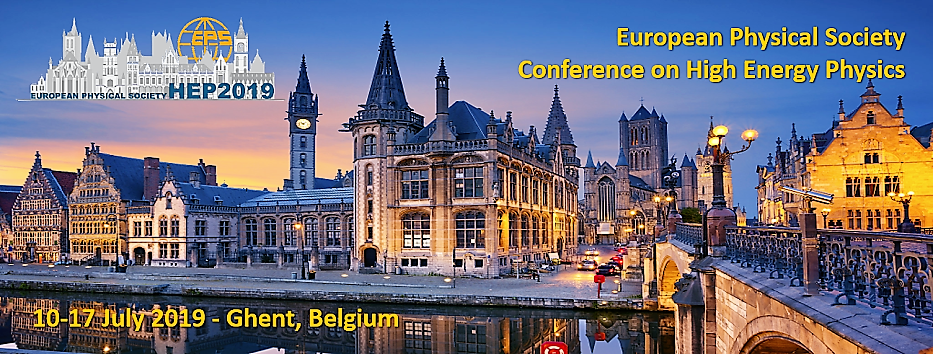Speaker
Description
In the next years, several experiments will try to perform a precise measurement of the neutrino mass hierarchy, among these there are also reactor neutrino experiments, such as JUNO and RENO 50. One of the challenges that must be overcome in this kind of experiment is the uncertainty on the reactor neutrino spectrum: as became clear with the discovery of the “5 MeV bump”, the theoretical models that describe the reactor neutrino spectrum are not very reliable, and tension between the expected and measured spectrum is significantly larger than the difference between the two hierarchies; moreover the only experimental data currently available on the reactor neutrino spectrum are obtained with a worse energy resolution than the one needed in order to determine the hierarchy: I will discuss a model-independent way to treat the errors due to the uncertainty on the spectrum. The uncertainty on the spectrum is one of the reason why the JUNO collaboration announced that a near detector will be build (JUNO-TAU). However there is an additional complication: the far detector will receive neutrinos from two power plants of different model and generation, each of them with multiple reactors, while the near detector can see only the spectrum from one core; this means that the (unoscilated) spectrum at the near and far detector will be different. I will show that, by studying the time evolution of the spectrum at the near detector, it will be possible to reconstruct the spectrum at the far; I will discuss how it is possible to take into account this kind of systematic error in the measurement of the mass hierarchy, how it will affect the sensitivity and the effects of different methods of reconstructing the spectrum.
